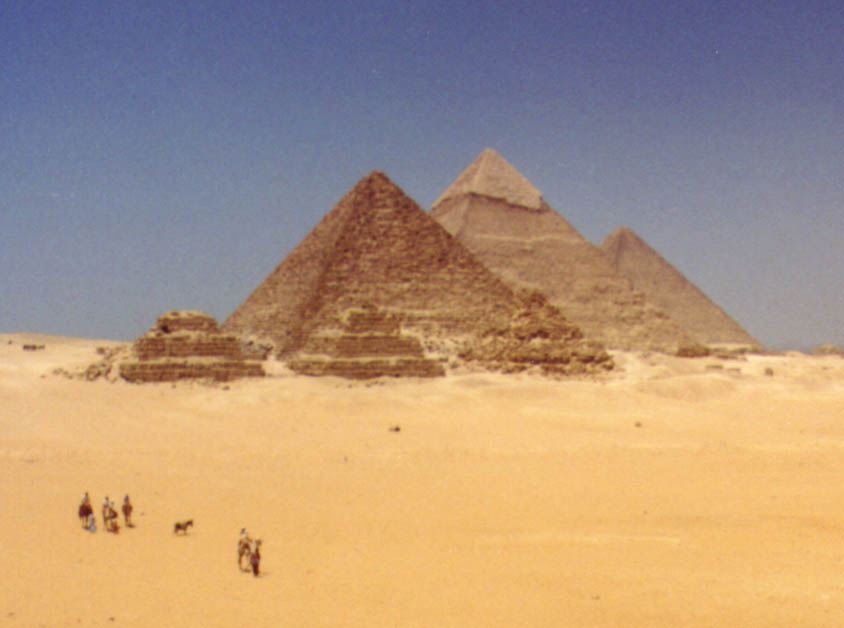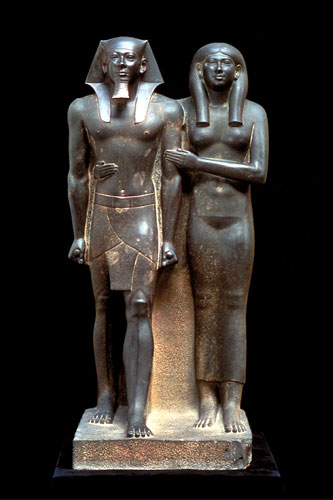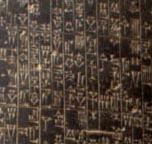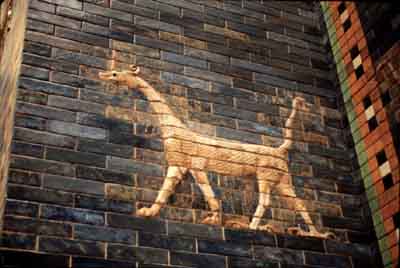|
|
Syracuse University REL
301 / MES 300 |
|
|
|
|
Course Description:
The ancient Near East produced the oldest written
texts in the world, along with much art and other
artifacts. They provide a window into the ways of
life, rituals, beliefs, hopes and fears of people
living 2,500 to 5,000 years ago and illustrate the
interplay between religion and human culture in all
its various forms. This course will explore the
interaction of culture and religion by examining the
social contexts of ancient religious ideas and
practices through close readings of texts from ancient
Egypt, Mesopotamia, Syria, Palestine, and Israel, and
close examination of textual artifacts. Parts of each students' research will involve hands-on examination of old textual artifacts in SU Library's Special Collections. Audience: Students interested in ancient
history, culture, and religion and wishing to fill
Humanities and Writing Intensive core requirements, as
well as majors and minors in Religion, Jewish Studies,
History, Literature and Art History. Goals: In this course, students will:
Course Requirements:
Attendance and participation in discussions is expected of all students and will influence my evaluation of their work (5%), which will also be based on their performance on daily quizzes (15% total), and four research papers (20% each). The grades of late papers will be reduced by one grade level (e.g. B to B-). Missed quizzes cannot be made up, but the lowest five quiz grades will be dropped. The grading scale is: A+ = 100, A = 95, A- = 92, B+ =
88, B = 85, B- = 82, C+ = 78, C = 75, C- = 72, D+ =
68, D = 65, D- = 62, F = 55. Incidents of plagiarism
or cheating result in no credit (0) for the test or
assignment and may result in further disciplinary
action (see academic integrity statement below).
Students may check their grades online through the Blackboard
Learning System. |
| Textbooks
(available at the campus bookstore in Schine Student Center): |
|
|
Required: |
|
|
Recommended: |
|



